1. Watch Out for Ticks
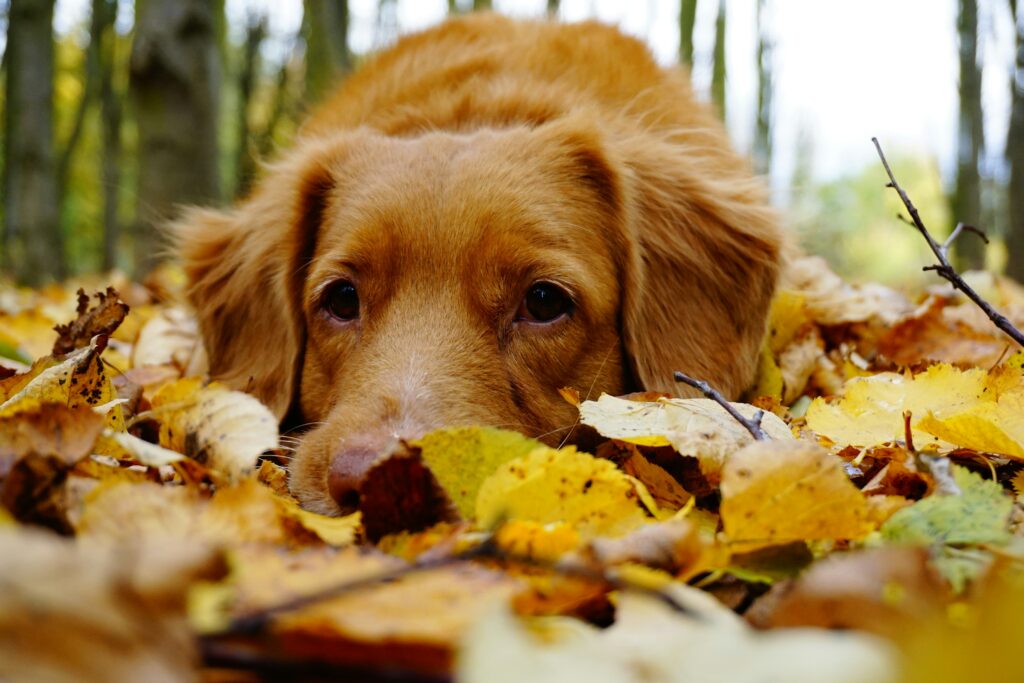
Just because summer’s over doesn’t mean ticks have disappeared. In fact, they thrive in cooler weather. Be sure to check your pets after walks in wooded areas or tall grass to avoid any unwanted hitchhikers.
2. Keep Antifreeze Out of Reach
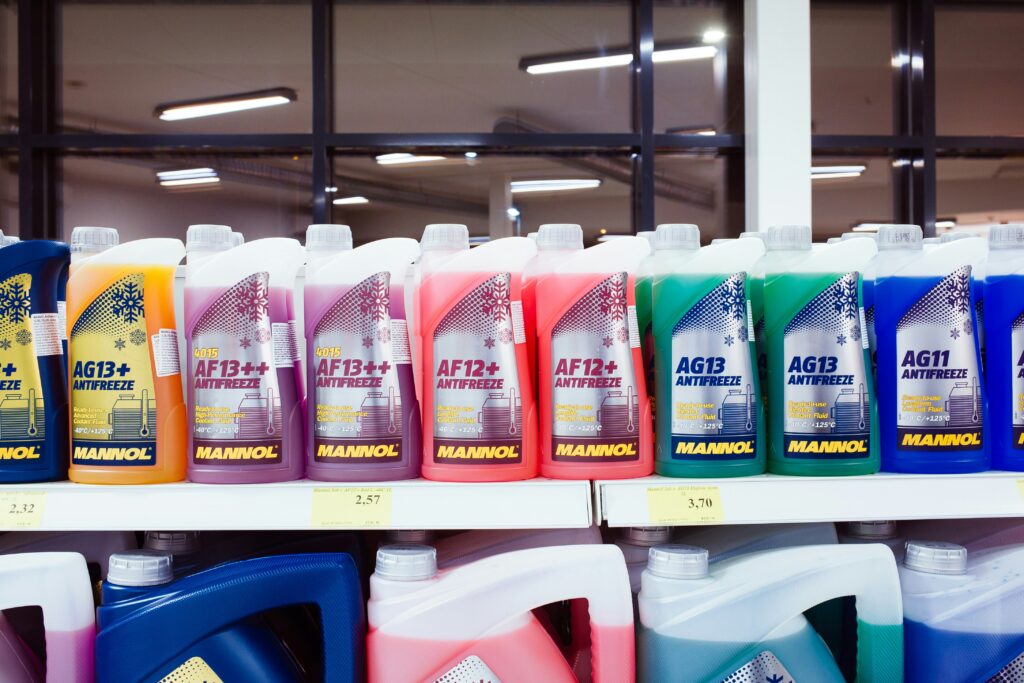
As temperatures drop, people start winterizing their cars, and antifreeze can pose a serious danger. Its sweet smell attracts pets, but it’s highly toxic. Make sure any spills are cleaned up right away, and keep bottles stored securely.
3. Beware of Mushrooms
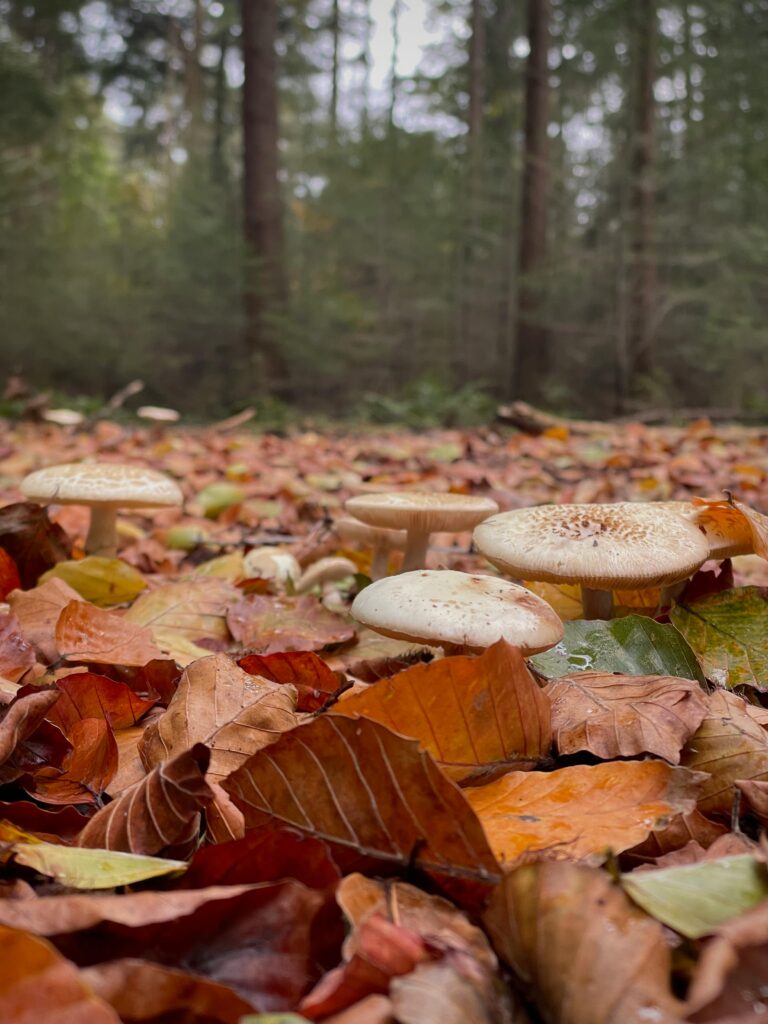
Fall rains can bring out a variety of mushrooms, and while most are harmless, some can be toxic to pets. Keep an eye on your dog during walks, and avoid letting them snack on any mysterious fungi in the yard or woods.
4. Check Their Paws After Walks

The crisp leaves might look pretty, but hidden underneath can be sharp sticks, acorns, or even glass. After walks, check your pet’s paws to make sure there’s nothing stuck or any small cuts.
5. Keep Candles and Fire Hazards Away
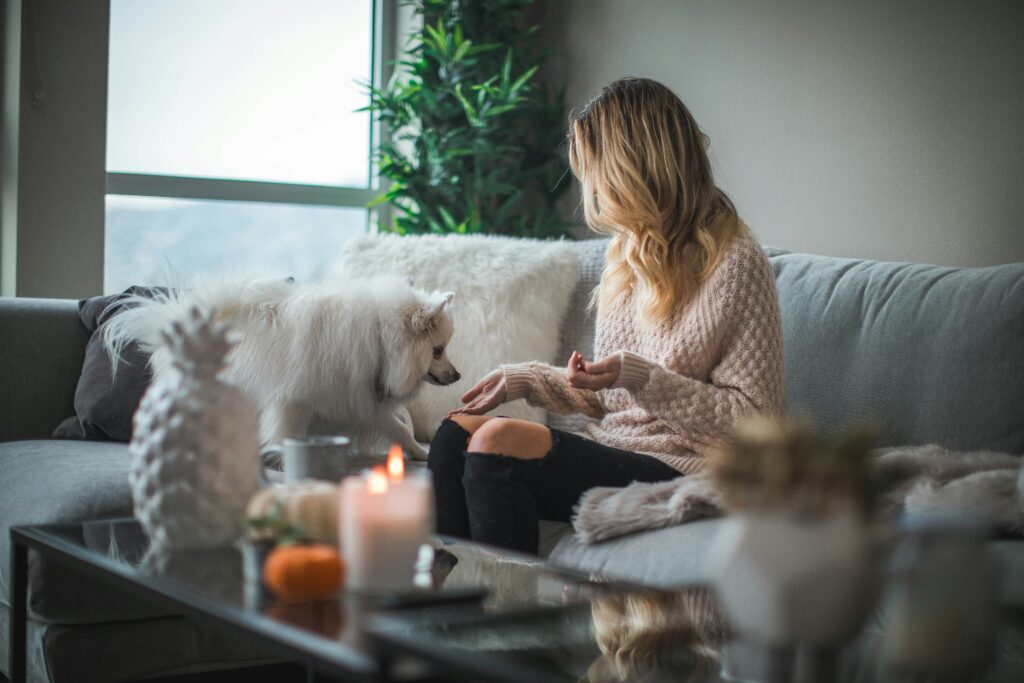
As fall decorations come out, so do candles and cozy fireplaces. Make sure candles are kept out of reach of curious pets, and always supervise when the fireplace is lit to avoid accidents.
6. Be Mindful of Halloween Candy
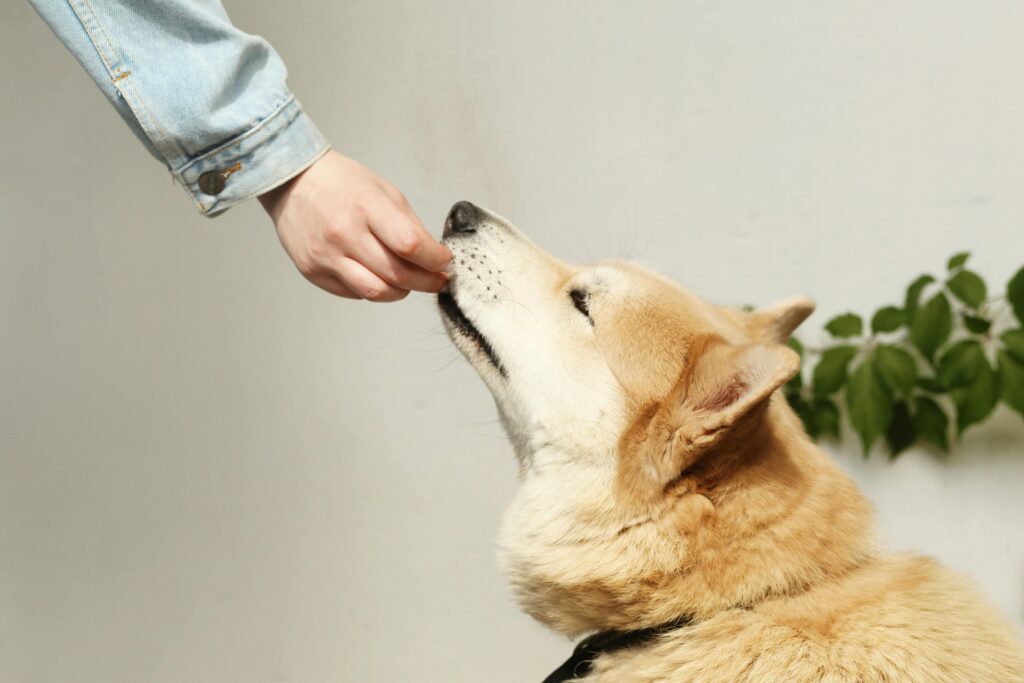
Chocolate and candy are big no-nos for pets, and Halloween is a prime time for accidental snacking. Keep candy bowls out of reach, and remind the kids to stash their treats in a pet-safe spot.
7. Monitor Fall Allergies
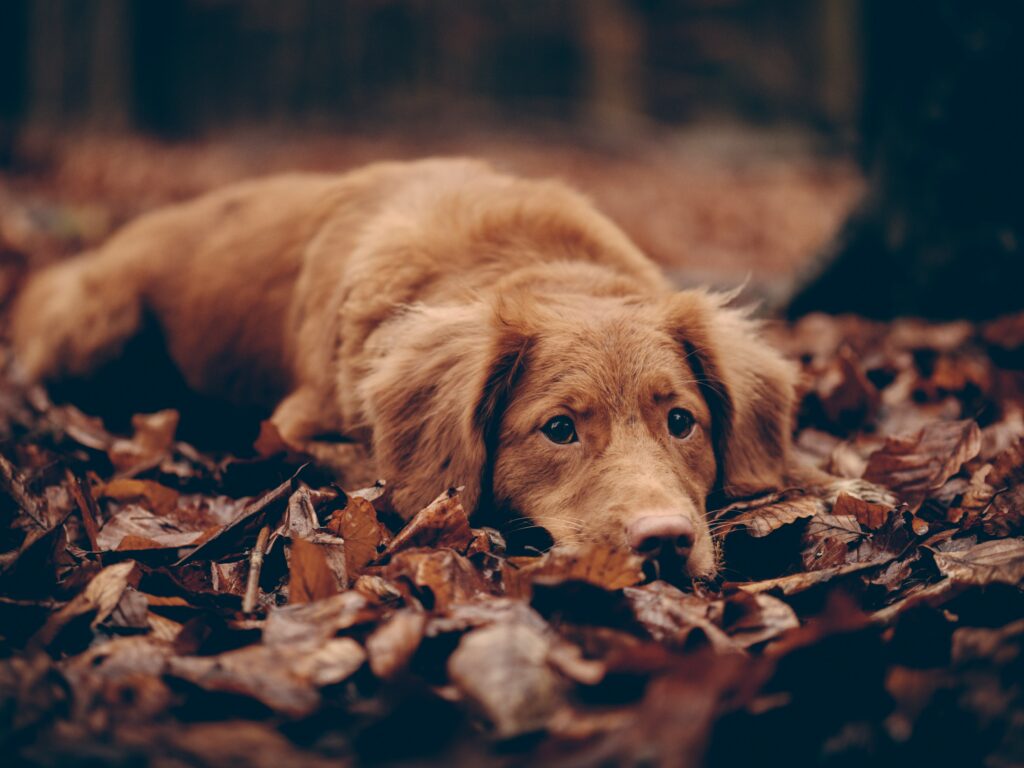
Just like humans, pets can suffer from fall allergies too. If you notice your pet itching more than usual or showing signs of discomfort, talk to your vet about possible allergy relief options.
8. Rake Those Leaves
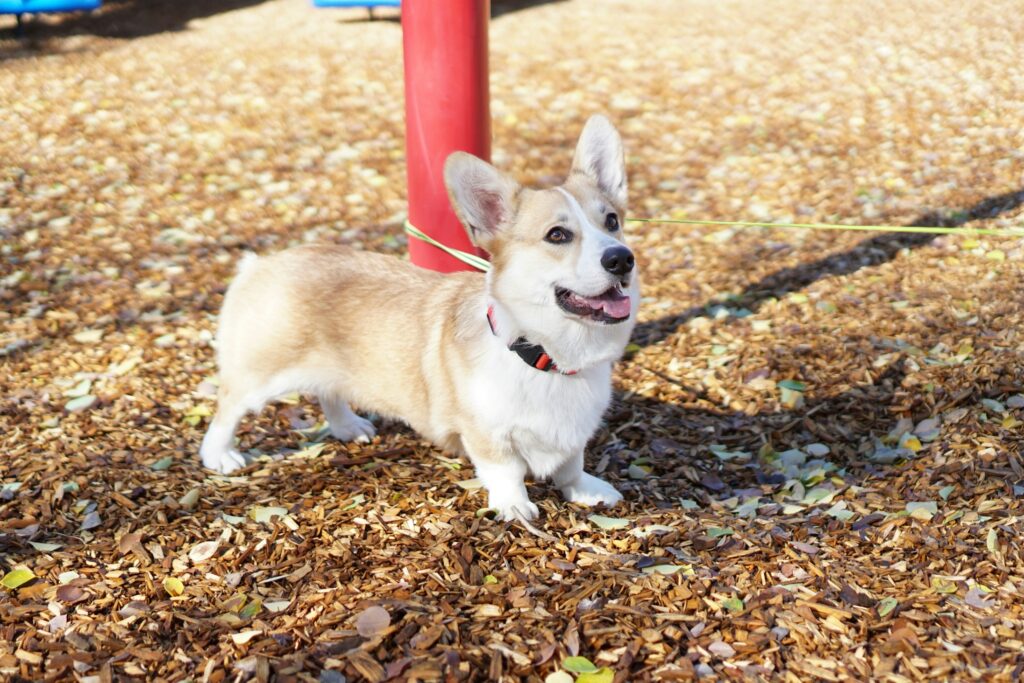
While playing in piles of leaves looks like fun, they can hide dangers like ticks, mold, and sharp objects. Make sure to rake regularly and inspect any piles before letting your dog jump in.
9. Adjust Their Diet as Temperatures Drop
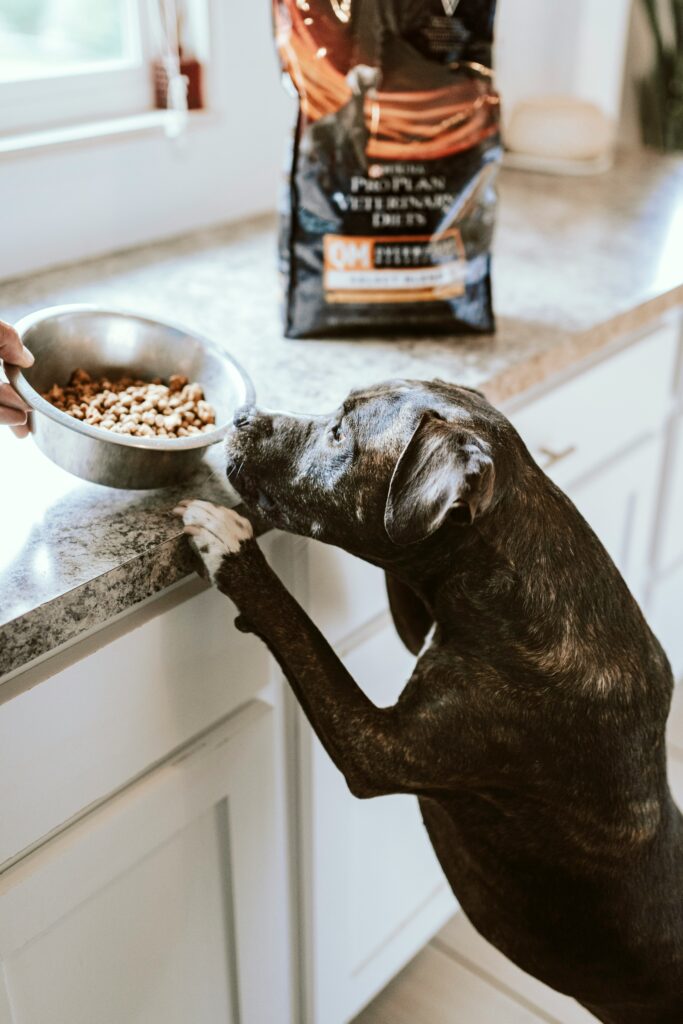
As the weather gets cooler, your pet might need a little more food to maintain their energy levels, especially if they spend a lot of time outside. But be careful not to overfeed—talk to your vet about adjusting their diet if needed.
10. Keep Outdoor Shelters Warm

If you have outdoor pets or provide outdoor shelter, make sure it’s well-insulated as temperatures drop. Consider adding a heating pad designed for animals to keep them cozy during chilly nights.
11. Watch for Cold Weather Hazards

The fall brings cooler nights, and some pets are more sensitive to cold than others. Smaller dogs or those with shorter coats may need an extra layer like a sweater to stay warm during walks.
12. Check the Heat Before Car Rides
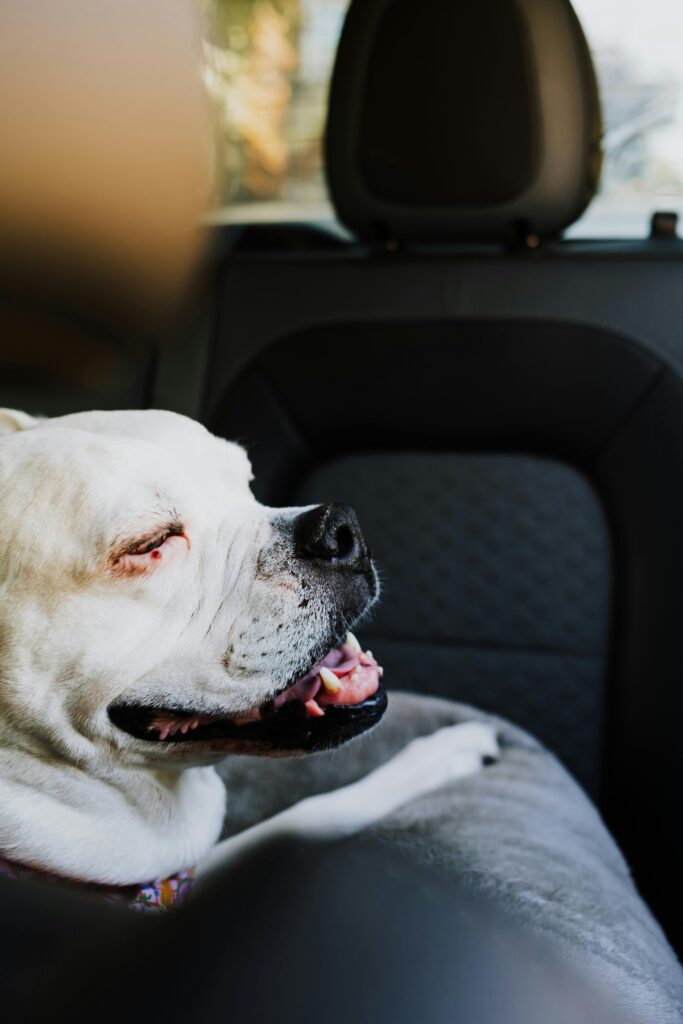
When taking your pets for a car ride, be sure the car is properly heated before you set off. A chilly car can be uncomfortable (or worse) for pets, especially smaller or older ones.
13. Be Cautious with Fall Foods

Pumpkin-flavored everything might be delicious for us, but not all fall foods are pet-friendly. Avoid giving your dog anything with nutmeg, raisins, or artificial sweeteners, and stick to plain pumpkin or pet-safe treats.
14. Use Reflective Gear for Walks
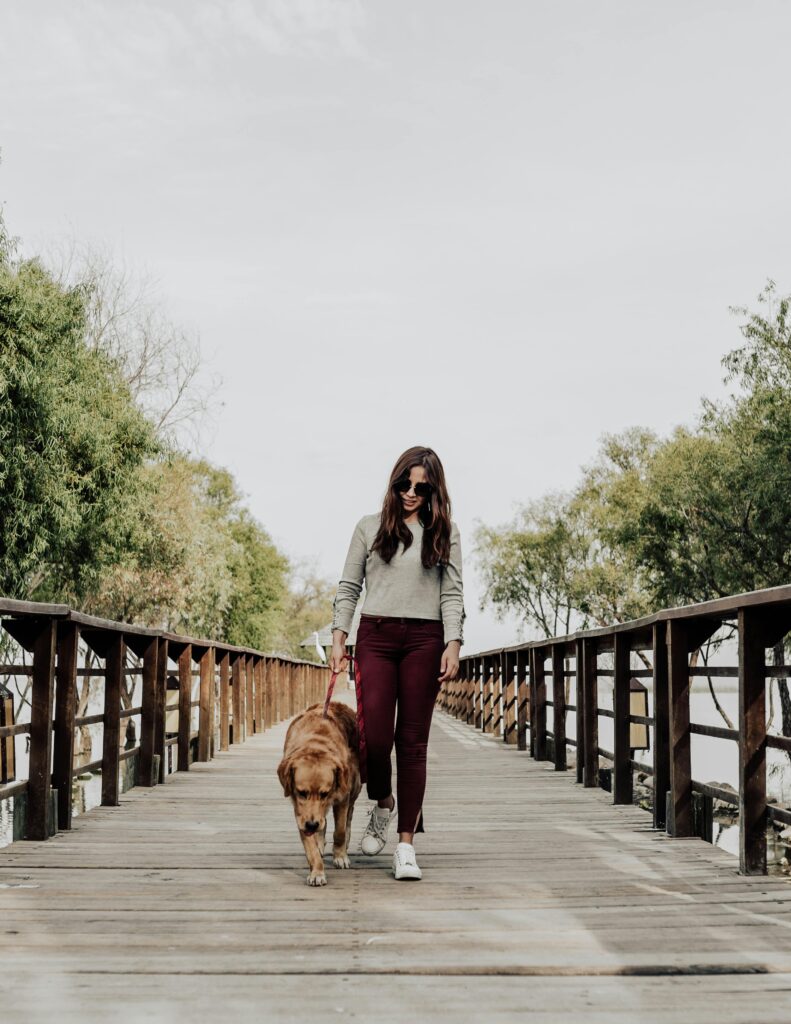
As the days get shorter and dusk arrives earlier, consider adding reflective collars or leashes to your dog’s gear. This will make it easier for drivers to see you during those evening walks.
15. Beware of Rodenticides
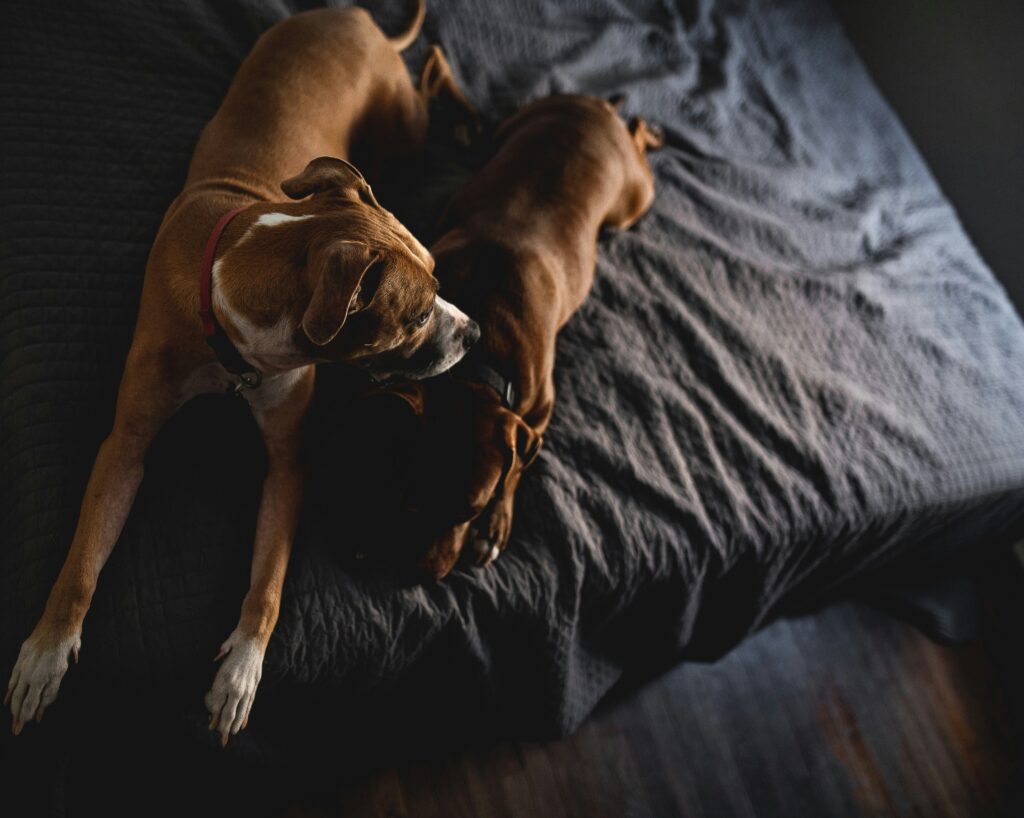
As rodents seek shelter indoors, many people put out rodenticide. These can be extremely harmful to pets if ingested, so make sure any pest control measures are pet-safe or kept out of reach.
16. Update Flea Prevention
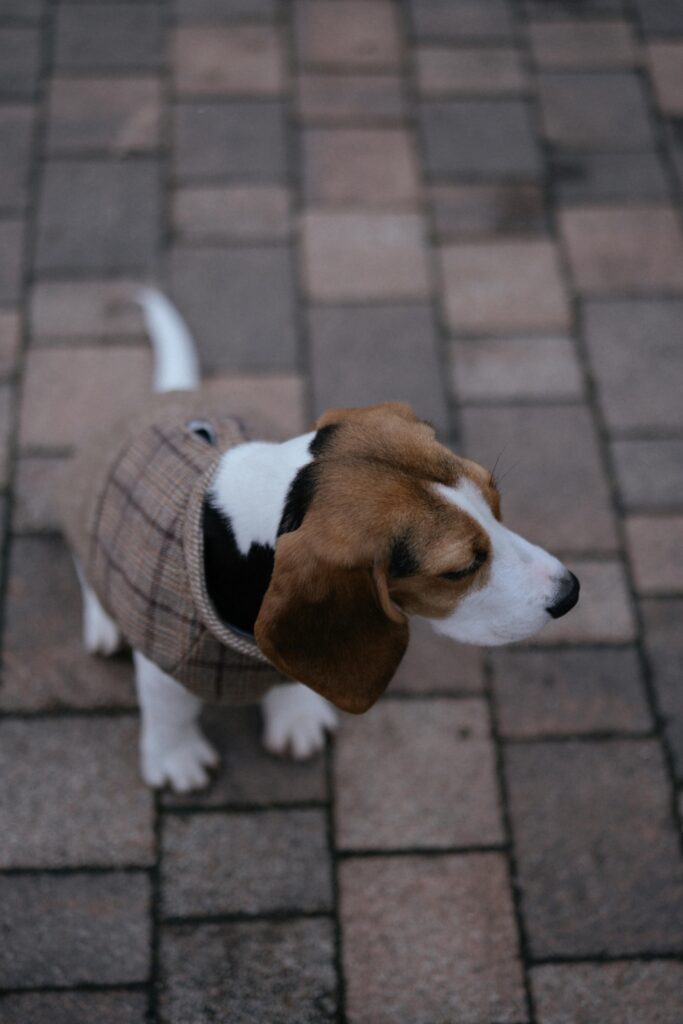
Even in cooler months, fleas can still be a problem, especially if your pet spends time outside. Make sure their flea prevention treatment is up to date to avoid any itchy infestations.


